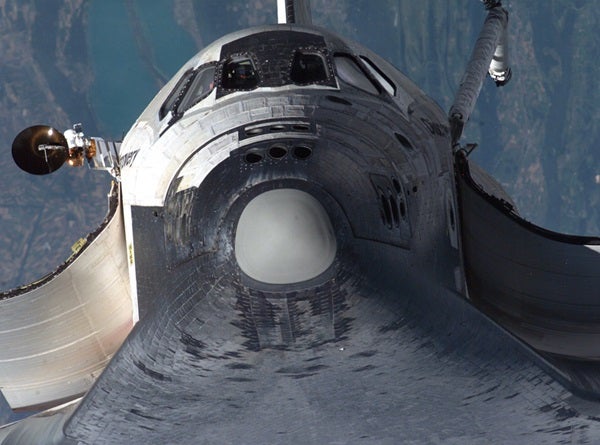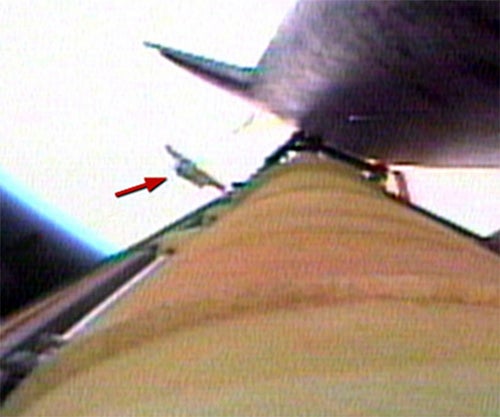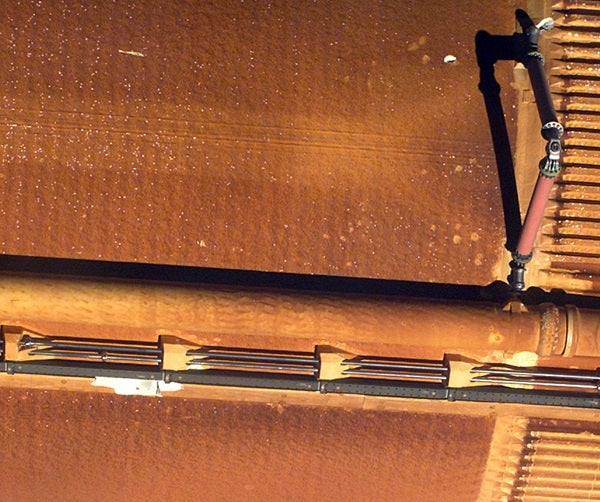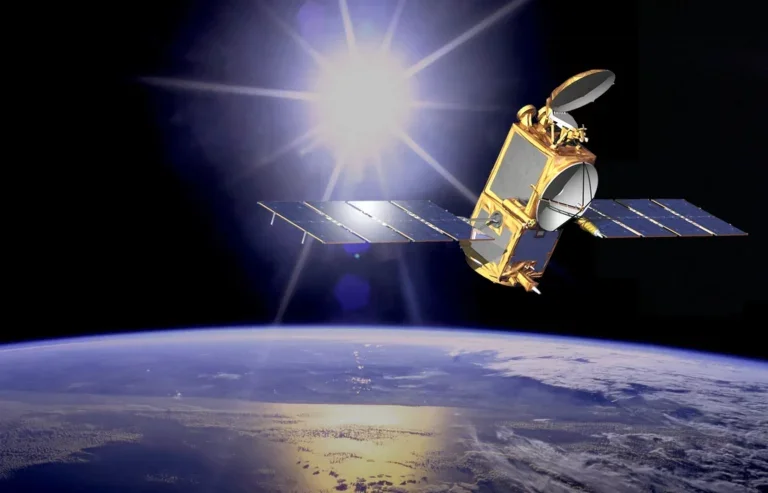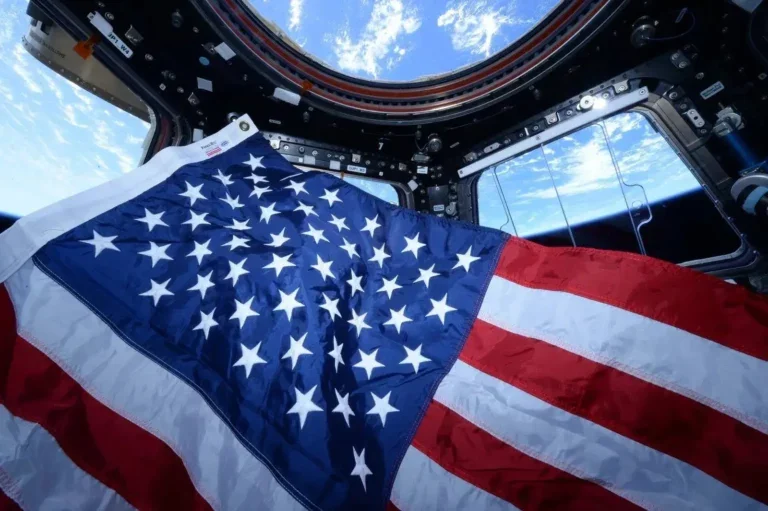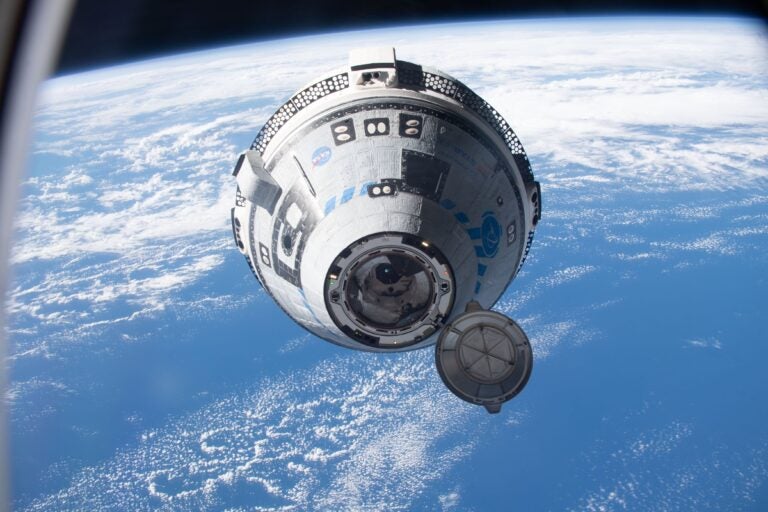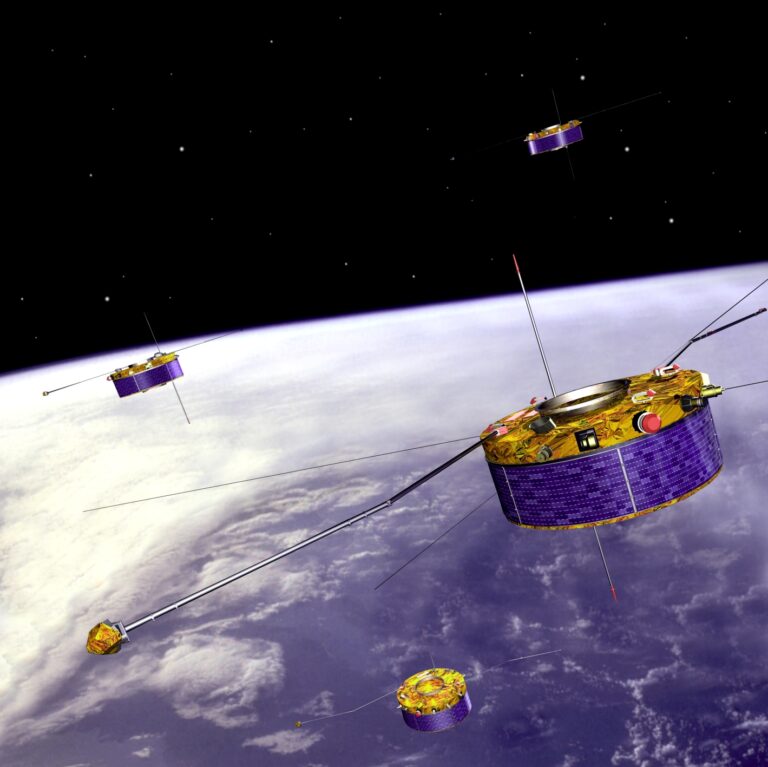Space shuttle Discovery shed potentially damaging chunks of insulating foam during its picture-perfect Tuesday launch, leading NASA officials to ground the fleet again until the problem is understood and fixed.
“As with any unexpected occurrence, we will closely and thoroughly evaluate this event and make any needed modifications to the shuttle before we launch again,” said NASA Administrator Michael Griffin.
A new television camera placed on the external tank gave mission engineers an unprecedented view both of the launch and of debris shed by the vehicle. On Wednesday, managers said none of these pieces struck the orbiter, but yesterday they admitted at least one small piece may have struck Discovery.
“We have said repeatedly that the first two flights in our return-to-flight sequence are test flights,” said Griffin. The integrity of foam insulation and the performance of new camera equipment installed to detect problems are significant parts of this test.
“The cameras worked well,” noted Griffin. “The foam did not.”
The largest piece of debris, measuring nearly a yard long, is thought to be a bit smaller than the suitcase-size chunk that struck and doomed Columbia in 2003. It peeled off the external tank a few seconds after the two solid rocket boosters separated, 2 minutes 5 seconds into the flight.
Images of the tank taken from the shuttle after they separated show a matching pillow-size gouge in foam along a feature called the Protuberance Air Load (PAL) ramp. This structure eases air flow around cables and pressurization lines running along the tank.
Parsons said the PAL ramp gave NASA engineers few problems, so they decided to leave it in place. “Clearly, with the event we had, we were wrong.”
At Thursday’s briefing, shuttle managers said several smaller pieces of foam broke away from a nearby area 20 seconds later. Experts are divided on whether one of these small pieces may have actually struck the orbiter’s right wing. But they agree the most likely outcome is minimal damage, an assessment that concurs with surveys of the wings’ leading edges conducted so far.
A team of about 200 engineers across the country analyzed images of Discovery’s launch, which was viewed by more than 100 NASA cameras. The flight is easily the most scrutinized in the space agency’s history.
Discovery docked with the International Space Station (ISS) at 7:18 A.M. EDT this morning. During approach, Commander Eileen Collins and Pilot Jim Kelly manually guided the shuttle through a back-flip so astronauts on the station could image the craft’s thermal-protection tiles in detail. STS-114 is the first shuttle mission to visit ISS since STS-113 left in December 2002.
“Everything that we see at this point says that the orbiter is in fact a clean bird,” Griffin told ABC’s Good Morning America after the maneuver.
Discovery’s crew unloaded Raffaello, a cargo container carrying 15 tons of suppies and equipment, and installed it onto the ISS. Crewmembers will enter Raffaello for the first time later today.

